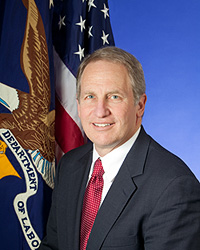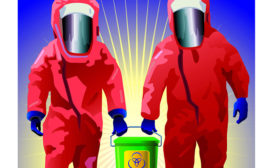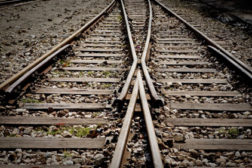Home » Keywords: » train derailment
Items Tagged with 'train derailment'
ARTICLES
Investigators say failed wheel bearing caused Norfolk Southern train derailment in East Palestine, Ohio
Read More
A Confined Space blog post
“Perfect storm” of sub-standard company practices led to disaster: Lac Mégantic trial goes to jury
January 12, 2018
Never miss the latest news and trends driving the safety industry
eNewsletter | Website | eMagazine
JOIN TODAYCopyright ©2024. All Rights Reserved BNP Media.
Design, CMS, Hosting & Web Development :: ePublishing





